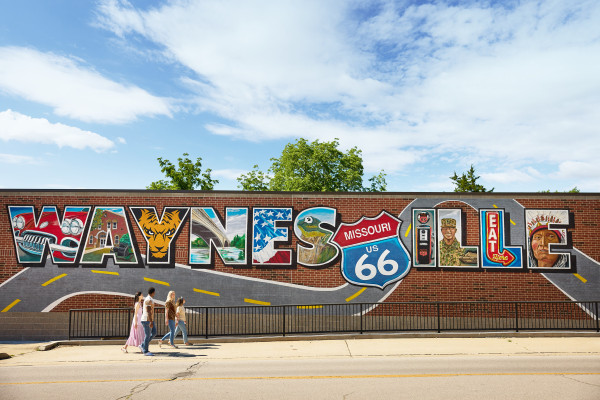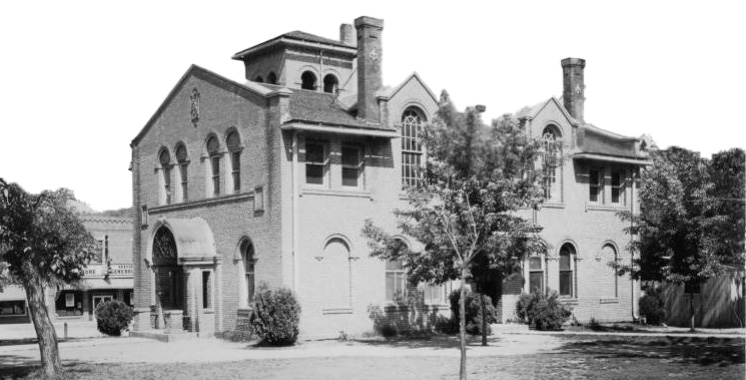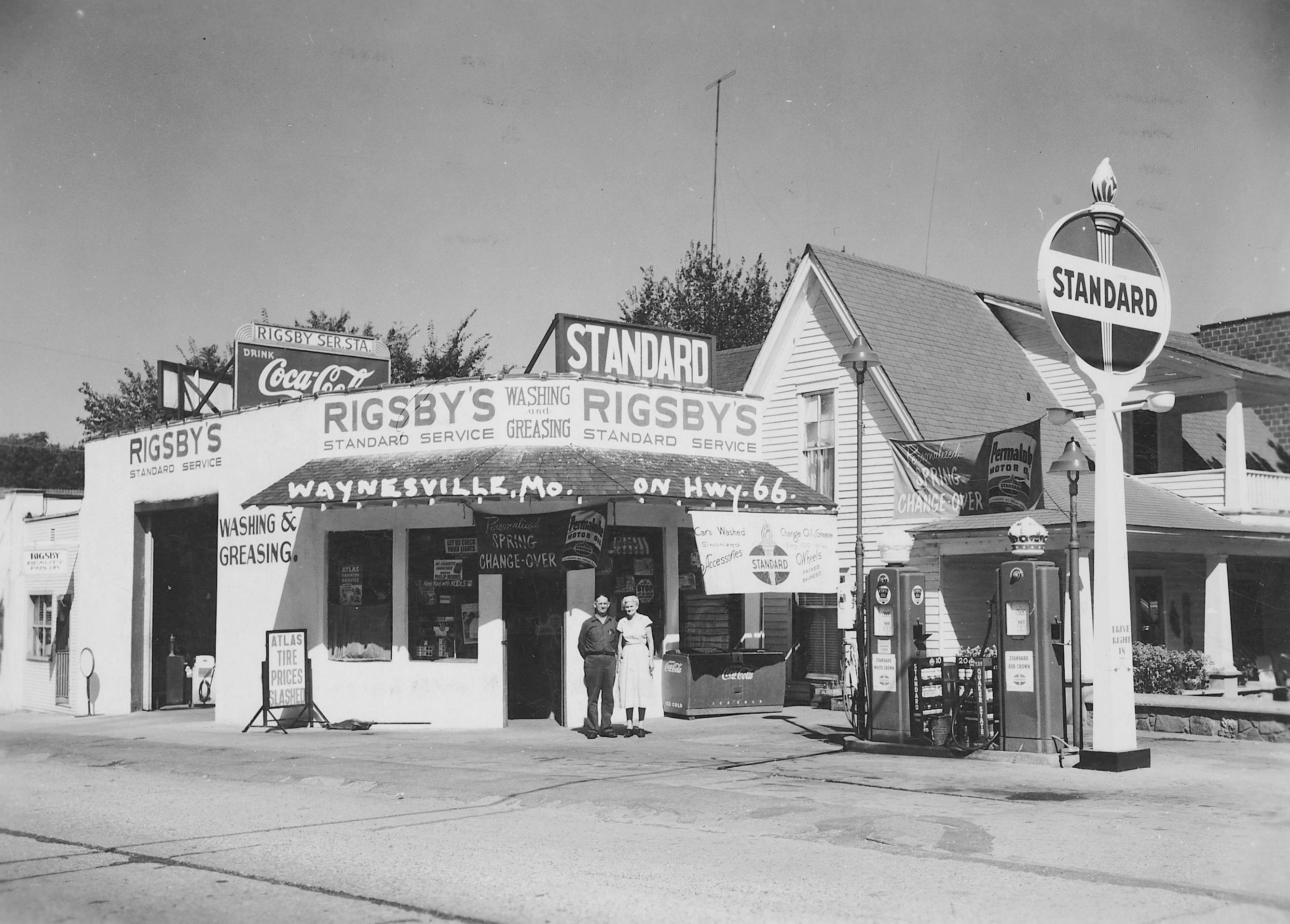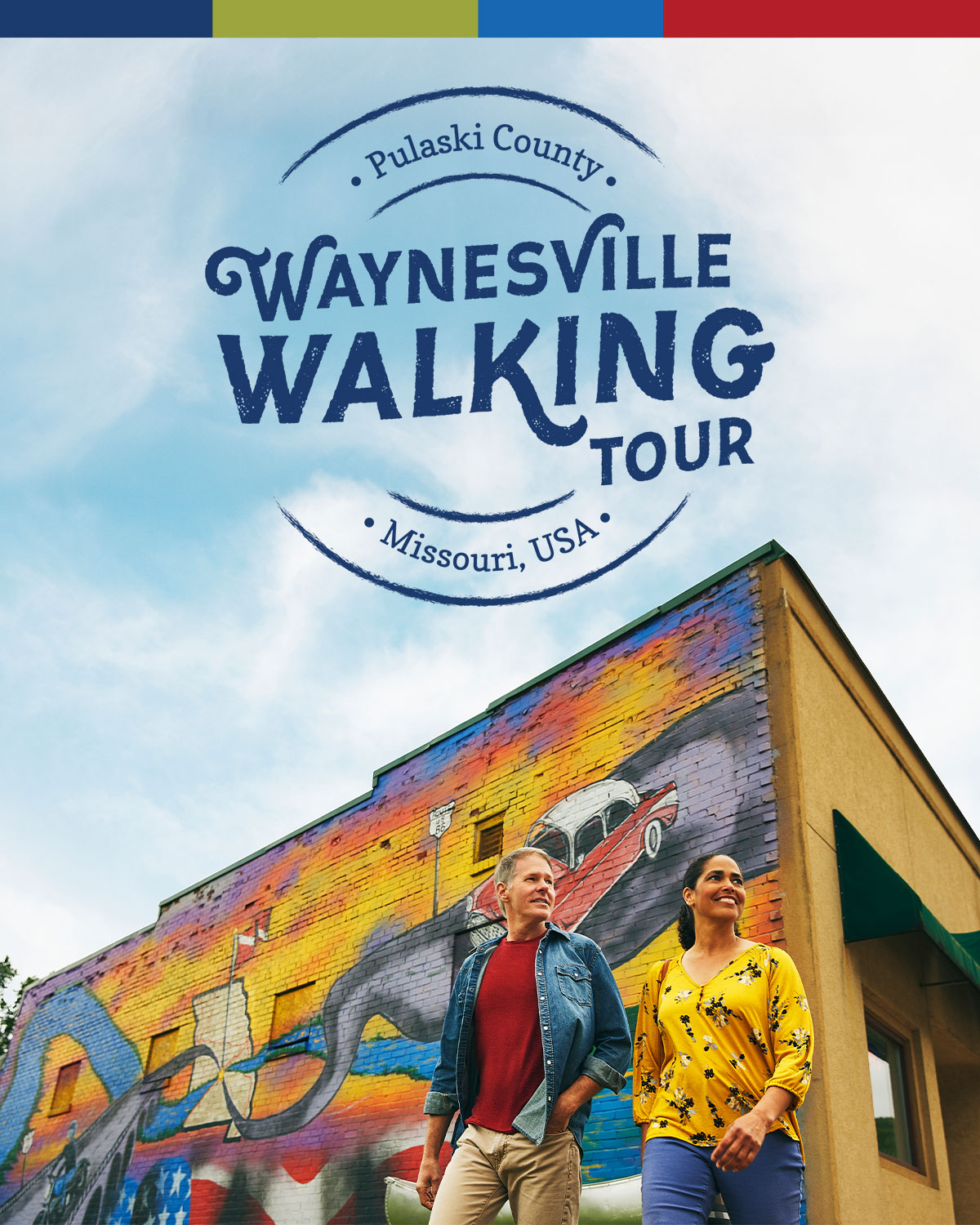Stories
Tour the Historic Sites in Waynesville

Brimming with historical sites and small-town Americana, Waynesville is emblematic of the unique and extraordinary communities that line Historic Route 66. As the oldest city in Pulaski County — Waynesville was founded in 1833 — each stop in Waynesville’s walkable downtown tells the remarkable stories of those who built the community from the ground up as well as those entrepreneurial spirits who provided rest and respite for travelers on the Main Street of America.
So, where do you begin? With so many historical sites to explore, finding a starting point can seem like a challenge. Check out some of the most popular sites around Waynesville and learn more about the fascinating history of both Pulaski County and the Mother Road.
Old Stagecoach Stop
Built by William Walton McDonald in the mid-1850s, the Old Stagecoach Stop was originally two log cabins connected by a dogtrot, or an open-ended breezeway. The first cabin was used as a residence while the second was used as a stop for passengers on the Burden & Woodson stage route. Years later, the structure was commandeered by Union troops during the Civil War and used as a hospital. Beginning in 1870 and continuing for more than a century, the Old Stagecoach Stop was converted to a hotel — housing military service members and their families during the Fort Leonard Wood boom of World War II — which operated under numerous owners until the late 1960s. Now home to the Old Stagecoach Stop Museum, the building was added to the National Register of Historic Places in 1980.
 1903 Courthouse Museum
1903 Courthouse Museum
As the fourth courthouse in Pulaski County’s history, the 1903 Courthouse housed the Pulaski County government until the current courthouse opened in 1990. Designed by Henry H. Hohenschild and using bricks fired at the nearby farm of Dr. Tice, the historic building — now a museum — features an original Stromboli fan with wooden blades from the old county clerk’s office, an original spindle balustrade on the wooden stairway, and an original oak ceiling with exposed rafters in the courtroom.
Roubidoux Plaza
Now a quiet spot to shop or simply stop and relax during your Waynesville excursion, Roubidoux Plaza occupies the space once taken by two former storefronts. The southern half belonged to Dodd’s General Store while the northern half was the Wayne Theater, which opened in 1941 as the first movie theater in Waynesville. Both storefronts were converted to Pete Rouse’s Western Auto Associate Store until it burned.
 Public Art Works
Public Art Works
In addition to the numerous historic sites around town, Waynesville is also home to several murals that depict life in Pulaski County throughout the years. The mural at 1413 Historic Route 66 was completed by artist Ray Harvey and celebrates the history of Waynesville with 11 landmarks and snapshots inlaid in the city’s name — complete with a Route 66 shield. Another of Harvey’s works at 233 Historic Route 66 East depicts a classic car inside a vintage mechanic’s shop, harkening to the mid-century culture commonly associated with the Mother Road. At 225 Historic Route 66, travelers will find an interactive mural completed in 2018 by students from Waynesville High School; grab a paddle and stand behind the canoe for a one-of-a-kind photo op! Finally, the mural at the Roubidoux Park Fitness Court creatively illustrates the history of Waynesville and Pulaski County.
Cherokee Campsite
In 1837 and again in 1839, groups of Cherokee refugees camped along the spring-fed Roubidoux Creek and the long and arduous journey from their homelands in Georgia to Oklahoma, then called “Indian Territory.” Today, the Trail of Tears is regarded as one of the most tragic and regrettable chapters in American history. One of seven certified National Trail of Tears sites in Missouri, the Cherokee campsite at Laughlin Park illustrates the hardships suffered by the Native Americans forced into relocation with a walking trail and storyboards detailing its somber history.
 Memorial Chapel
Memorial Chapel
Built around a one-room cabin, the Bell Motel served as a prime stopping point for Route 66 motorists throughout the heyday of the Mother Road. Now operating as Memorial Chapel & Crematory of Waynesville, parts of the original structure can still be seen inside the building to this day.
There’s plenty more to see and do in Waynesville! The Waynesville Walking Tour brochure features 37 amazing stops around the city with historic photos, a map, and more exciting activities around town.


